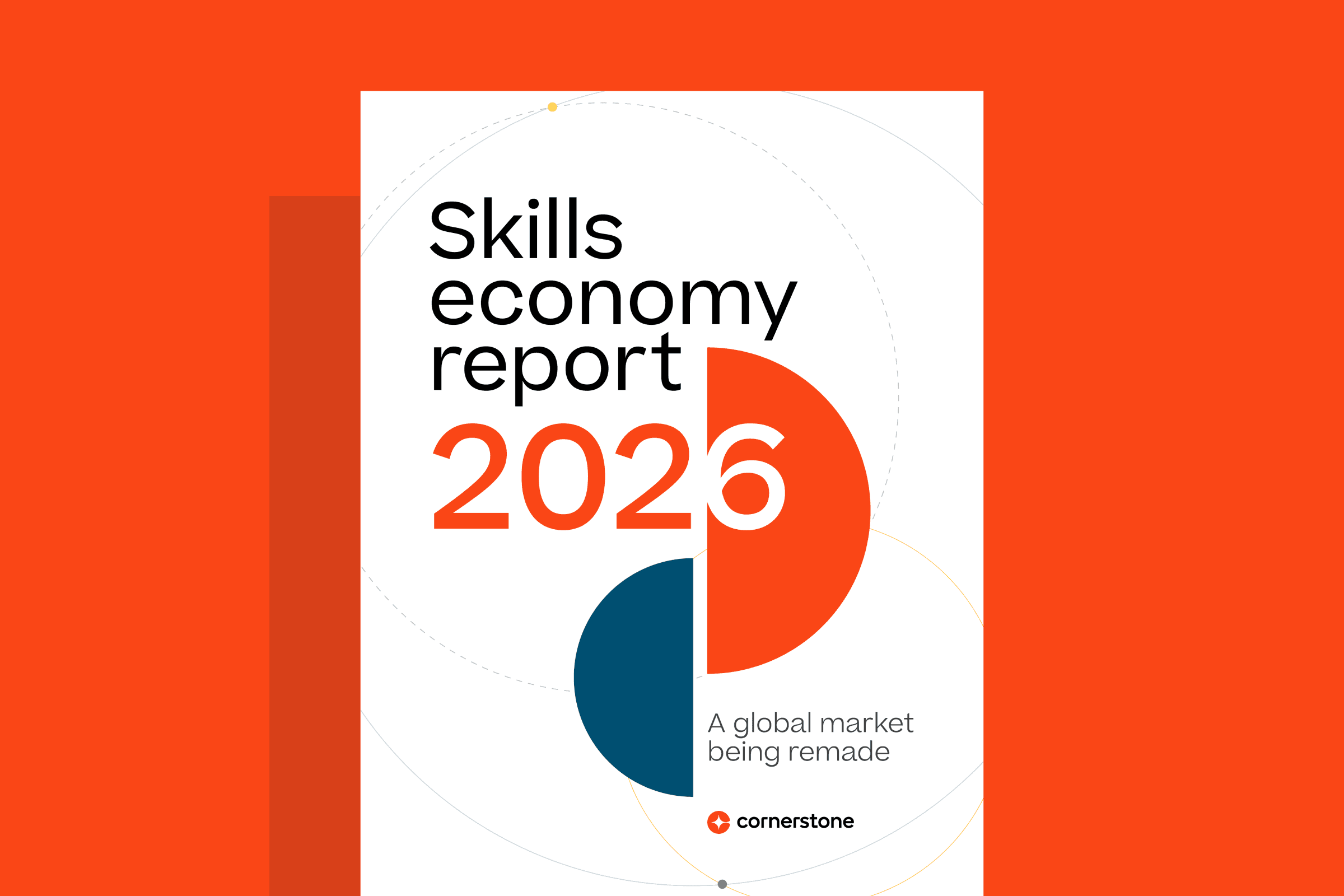Key Takeaways:
- Cisco Social Media Training: Gamified program simplifies learning, leading to 650 certifications and 13,000 course completions, boosting social media skills.
- Deloitte Leadership Training: Gamified with badges and leaderboards, resulting in 50% faster completion time and 46.6% increase in daily users.
- Engine Yard Knowledge Base: Gamification reduces complaints by 20%, boosts forum engagement by 40%, and quickens customer support response time.
In 2011, a group of online gamers collectively solved a problem in three short weeks that had puzzled scientists for decades: They found the structure of an enzyme that helps AIDS-like viruses reproduce. This communal discovery has become a go-to example that illustrates the benefits of gamification,
a trend in which game mechanics are applied to non-game situations to encourage users to behave in a certain, desired way.
In the HR community, companies are increasingly implementing gamification to drive higher employee engagement, boost productivity and encourage healthy habits, among other outcomes. By tapping into people's innate love of playing games, employees are encouraged to solve problems while generating measurable results for the organization.
At Cornerstone, we use a lighthearted people-matching mobile game help increase team camaraderie. Here's a look at five creative ways more companies' have implemented successful gamification programs:
Cisco Employees Play Their Way to Becoming Social Media Masters
Challenge: Cisco had invested in a global social media training program for its employees and contractors to build and leverage their social media skillset. But with over 46 courses as part of the program, it was overwhelming to figure out where to start.
Gamified Solution: Cisco introduced three levels of certification for the social media training program: Specialist, Strategist and Master, as well as four sub-certification levels for HR, external communications, sales and internal partner teams. It also mixed in team challenges to incorporate a healthy dose of competition and collaboration into earning social media certifications.
Results: Since gamifying its social media training program, more than 650 Cisco employees have been certified with over 13,000 courses taken.
How Deloitte Made Leadership Training for Senior Execs "Addictive"
Challenge: Deloitte had built a leadership training curriculum for senior executives, but had trouble encouraging executives to start and complete the program.
Gamified Solution: Deloitte turned to Badgeville to introduce gamified elements like badges, leaderboards and status symbols that measured how many executives were participating and completing courses.
Results: The average time to complete the training curriculum dropped by 50 percent, and the program has seen a 46.6 percent increase in the number of users that return to the site daily.
Engine Yard Sends Employees on Missions to Grow Its Knowledge Base
The Challenge: Cloud app management platform Engine Yard had invested in a Zendesk knowledge base to encourage self-service and community troubleshooting, but employees and customers weren't engaging with the knowledge base as fast as hoped.
Gamified Solution: Engine Yard implemented Badgeville's game mechanics into its Zendesk platform that rewarded contributors with Achievements and introduced Missions that users could complete for additional recognition after completing customer surveys or reporting bugs.
Results: Once Engine Yard gamified its knowledge base, the company saw a 20 percent drop in customer complaint tickets, a 40 percent uptick in forum engagement and knowledge base searches and a 40 percent improvement in customer support response time.
100% of Googlers Submit Travel Expenses Thanks to Gamification
The Challenge: Google, like many companies, needed more of its employees to submit travel expense information on a timely and regular schedule.
Gamified Solution: When Google employees take a work trip, they receive an allowance for each location. Google gamified the expense process by letting employees who didn't spend their entire allowances choose what happened to the remaining money — getting paid out in their next paycheck, saving funds toward a future trip or donating it to a charity of their choice.
Results: Gamifying Google's travel expense system translated into 100 percent compliance within six months of launching the program.
Microsoft Staffers Around the World Weigh In On Language Localization
The Challenge: Microsoft has myriad language localization needs for its many products, and ensuring that translations were accurate and made sense was a huge challenge for just one team.
Gamified Solution: Microsoft built a "Language Quality" game, which involved a very simple Silverlight application that let users view screens to check for language accuracy. Microsoft included intentionally poor translations to make sure its employees were actually paying attention.
Results: 4,500 users reviewed 500,000 screens to correct or improve translations based on their native languages. Microsoft Japan actually took a company-wide day off to play the game and ended up winning the leaderboard.


